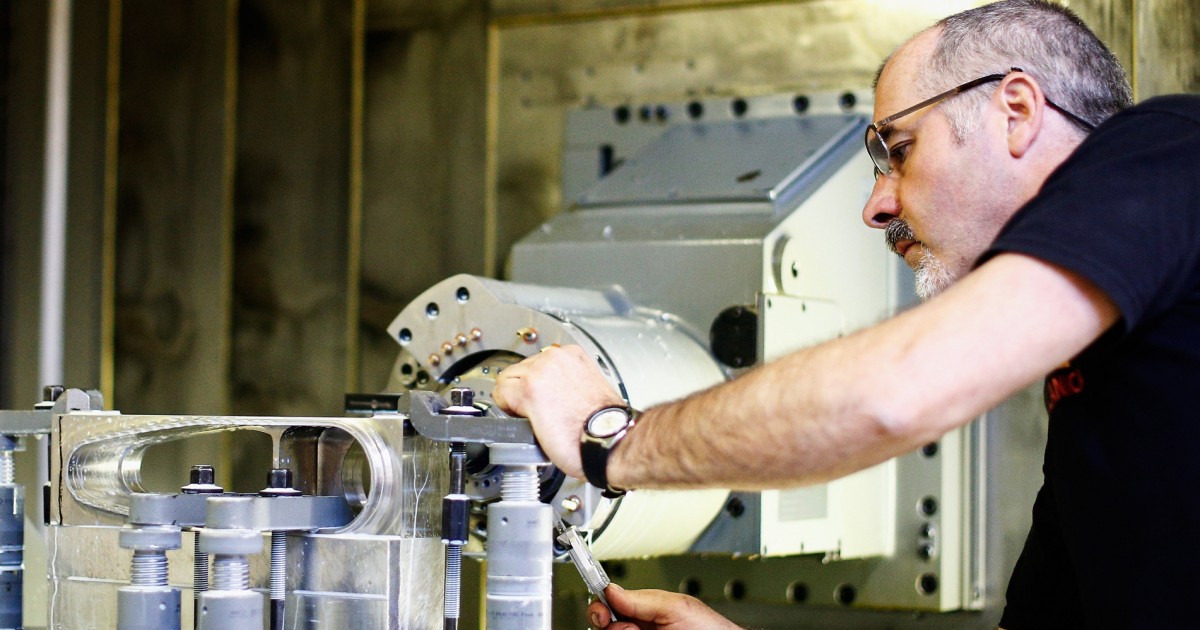
Technological Limitations
Technological limitations refer to the constraints and barriers that exist in the development and implementation of space and astronautical engineering technologies. These limitations can be related to the materials, manufacturing processes, propulsion systems, power sources, communication systems, and other critical components required for space exploration and operations. Technological limitations can also be influenced by factors such as cost, safety, reliability, and environmental impact. Overcoming technological limitations is a key challenge for space and astronautical engineers, as it requires innovative solutions and breakthroughs in science and engineering. The development of new materials, advanced manufacturing techniques, and more efficient propulsion systems are some of the ways in which technological limitations can be addressed and overcome.
Your Previous Searches
Random Picks
- Radio Communication Systems: Radio Communication Systems refer to the technology and equipment used for transmitting and receiving information through radio waves. In the context of space and astronautical engineering, radio communication systems are crucial for commun ... Read More >>
- Radar Technology: In the context of aerospace engineering, Radar Technology refers to the use of radio waves to determine the range, angle, or velocity of objects. It can be used to detect aircraft, ships, spacecraft, guided missiles, motor vehicles, weather ... Read More >>
- Byte: In space and astronautical engineering, a byte refers to a unit of digital information that consists of 8 bits. It is commonly used to represent a single character, such as a letter, number, or symbol, in computer systems and communication ... Read More >>
Top News

Can Amazon's soon-to-launch Kuiper satellites rival Musk's Starlink?...
Amazon is aiming to launch its first operational satellites today to provide speedy internet connections in remote regions, but it will still take some time to catch up with its main competitor, Space...
News Source: New Scientist on 2025-04-09

A day at Uranus just got 28 seconds longer...
A day at Uranus just got a little longer...
News Source: ABC News on 2025-04-07

SpaceX's Fram2 returns from first-of-its-kind mission around Earth's poles...
The Fram2 mission, paid for and led by a cryptocurrency billionaire who is flying with three guests, has returned after a journey on a unprecedented polar orbit....
News Source: CNN on 2025-04-04

Scientists release plans for an even bigger atom smasher to address the mysterie...
GENEVA — Top minds at the world’s largest atom smasher have released a blueprint for a much bigger successor that could vastly improve research into the remaining enigmas of physics....
News Source: NBC News on 2025-04-01

Scientists release plans for even bigger atom smasher along the French-Swiss bor...
Scientists at the world’s largest atom smasher have released a blueprint for a much bigger successor that could help solve enigmas of physics, starting in the mid-2040s at a cost of about $16 billio...
News Source: ABC News on 2025-04-01